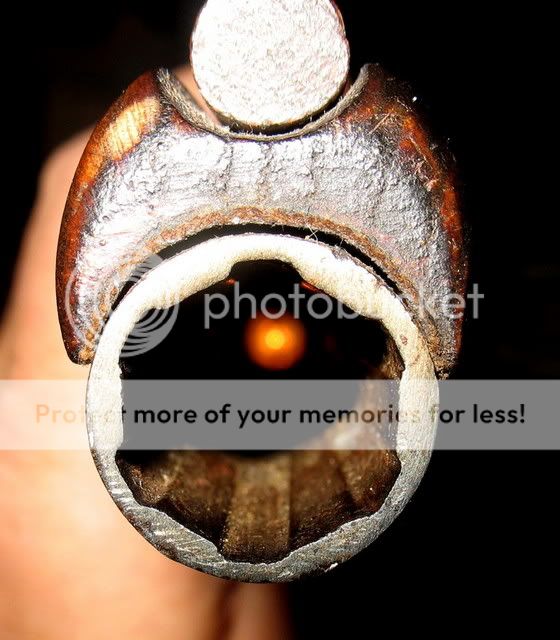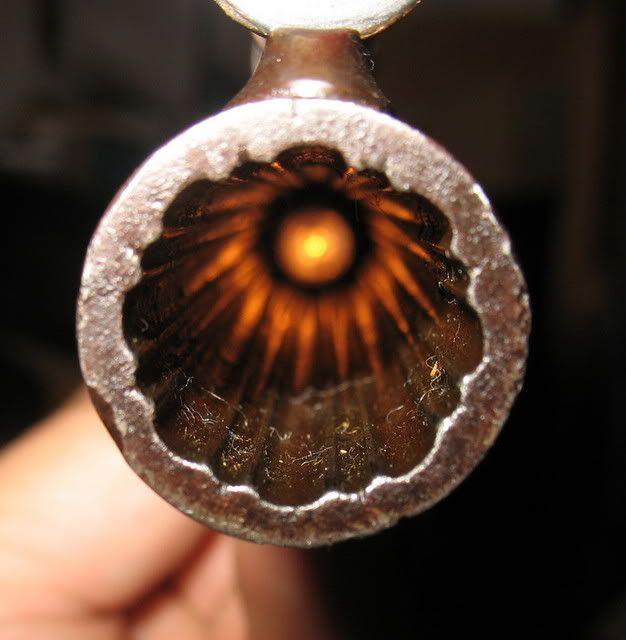Many, many thanks to all who have added to my knowledge about this piece! I will return the favors whenever I can!
Through private communications with Schimmelsmith I have learned that the original is now back with the Neumann Collection and no longer at Valley Forge. Also that the stock on the original was probably treated with pine tar! This immediately set off bells and whistles in my mind questioning if the original might possibly have had a maritime provenance? Pine tar is usually associated with wooden ships and boats, and the coastal plains of the Carolinas throughout the longleaf pine belt was the primary source of pine tar until recent times. This fits in perfectly with the original being a pieced togather Southern straight rifle!
From Schimmelsmith I also have a set of plans,full scale,of the piece in the mail coming to me! I had attempted to find these plans that I knew existed from The Log Cabin Shop which had them originally back in the late 1970's, but these were no longer in print. Thank you, Schimmelsmith,for your thoughtfulness!
A quick phone call to David Dodds and I found out that the rifling was cut shallow in keeping with original thoughts on this. Rifling is round bottom,and just slightly wider than a #5 shot. I think that a #4 would fit perfectly. The barrel is much thicker than the Ed Rayle or Getz fowler barrels that I have,but the piece is perfectly balanced,and I doubt if it weighs any over 6 1/2 or maybe 7 pounds at most.
Compared to a classic Lancaster rifle,or a Rowan County,NC rifle, she is an ugly ole gal! But, as I mellow in my old age, I have developed quite a liking for ugly ole gals! :haha:.






